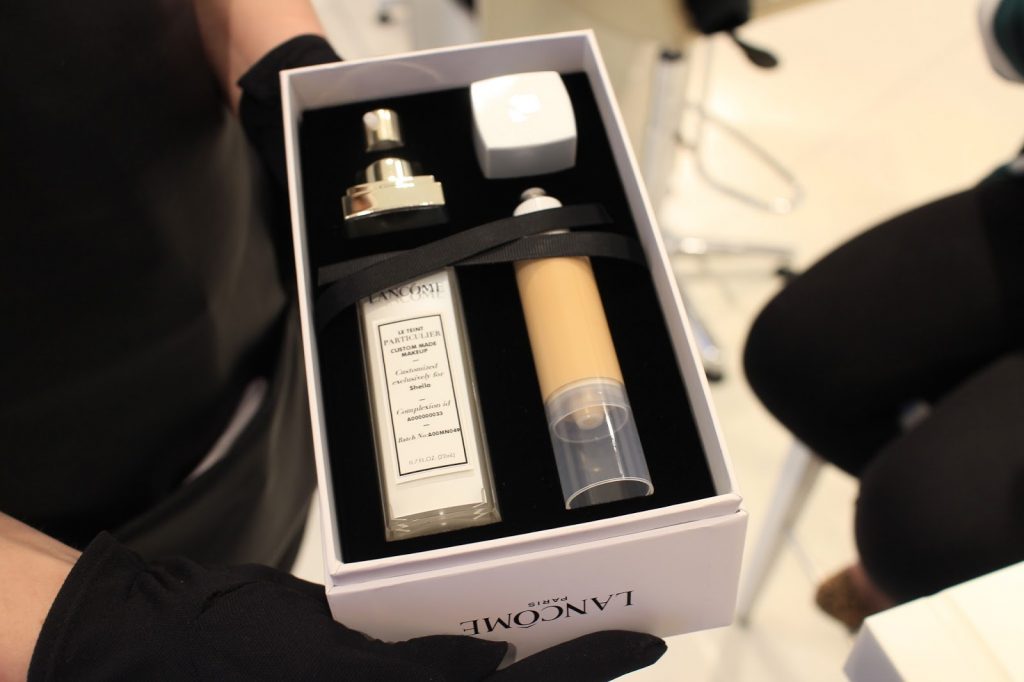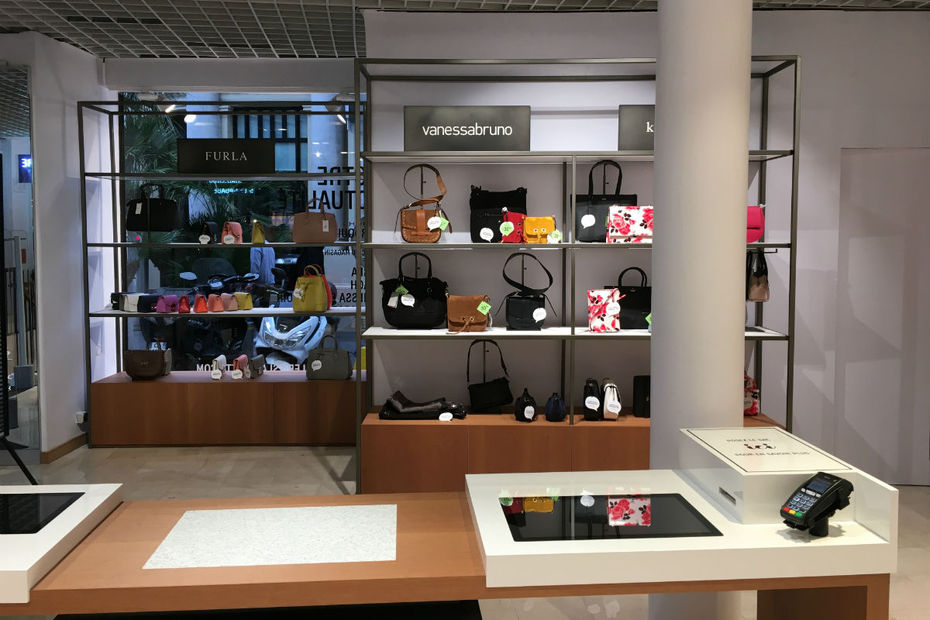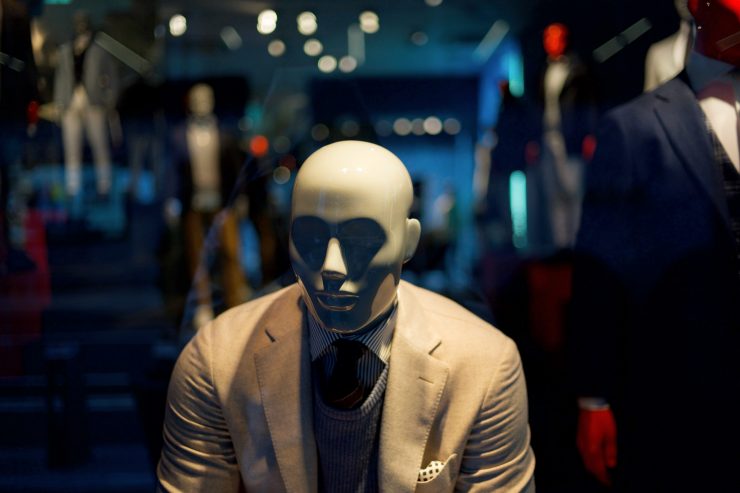Day delivery, ecommerce retailers gathering thousands of brands, customization, advices, virtual try on… Today more than ever, customer is king, and expects an added value from big corporates. To be a key game player, they turn towards “Open innovation” and collaborate with innovative start ups. A good way for these organizations, often quite rigid in terms of structure, to keep up to date.
According to the INSEE, millennials will represent half of the working population by 2020 in France. These “native digitals” are expected to revolutionize traditional consumption habits. Indeed, they have always lived in a fast changing environment, and are therefore harder to surprise. In the digital era, how do key players of the fashion, beauty and luxury industries try and outbid each other with innovative solutions to win millennials heart?
Breakthroughs in available technologies and resources made it possible for innovation to grow on several axis. Whether it be Puma, Adidas or New Balance, technology has spread out among sportswear these last years. While Puma offers a more ecofriendly alternative with its sneakers made out of pineapple leaves fibers, result from its collaboration with Pinatex, other brands turned towards 3D printing. Adidas used it as a mean to offer tailor-made products. Its prototype “Future Craft 3D” sole is molded by using the consumer footprint, therefore embracing exactly its shape and ensuring comfort and ergonomics.
3D printing has given brands the opportunity to customize their products and improve their performance. It helped New Balance creates its Zante Generation sneaker line, offering “an optimal balance of flexibility, strength, weight and durability in an intricate honeycomb midsole structure.” (source: New Balance). Technology now enhance performance, and insure sustainability: a revolution when not long ago, technology served planned obsolescence.
The flexibility provided by new resources makes it possible to customize anything as you like it. We discovered at Viva Technology 2017, Lancôme’s last innovation: Le Teint Particulier. The face is scanned in different points to obtain an average color. A makeup artist diagnoses the customer’s skin to create a custom-made foundation, according to its needs: coverage, texture, type of use, etc… The product is realized in front of the client, the container transparency ensures that the customer witness the creation process and the foundation composition.

We saw it with the Get the Look App by Rimmel, and the Lumini device developed by Samsung: facial recognition and artificial intelligence serve the beauty industry. Lumini combines customization with a more esthetics, even medical application. “Lumini is a portable device that spots skin problems before they happen. After taking a picture of the face with Lumini, the device analyses the information with its own algorithm and sends the information to a smartphone app. The device identifies issues under the surface of the skin, like pimples, freckles, increased pores, wrinkles, redness, and sebum. Lumini also recommends cosmetic products based on the analysis and provides a remote consulting service with a dermatologist or a skincare specialist.” (source: Samsung). In that same field, Withings and Kerastase unveiled their Hair Coach brush during the CES 2017, which analyses hair quality to propose suitable hair care through a mobile app.
More than customization here, we talk about customer experience, nowadays at the top of big corporates priorities. Our article on Dress in the City published last week introduced the subject: it is not only about being digital anymore, it is also about being “phygital”, and therefore offer an omni channel purchase experience. It is in that sense that Sephora launched its “New Sephora Experience”. Consumers can directly shop from a digital lookbook, or use the connected mirror to find the best suitable products to their very own skin. The firm also strengthens its community by allowing customers to like and tag products and share their looks with the Sephora community via a Beauty Board.
The customer experience is also redesigned in the fashion industry, as proven with the concept store initiated by Galleries Lafayette in Cannes, France, last May. This digital showroom only displays few handbags and leather accessories carrying NFC chips. Once set on a connected table, the bag is scanned and all the available sizes and colors appear on a screen. The technology helps pass from a physical item, to dozens, even hundreds of digital references. Products can be ordered directly from the platform and delivered in store or at home in a short period of time. This model not only provides a unique customer experience, but also completely rethinks the value chain, allowing costs optimization.

The Look Forward Perspective
Big corporates innovations help launch new trends, introduce the general audience to new technologies, therefore catching their attention. Indeed, in a country where the fashion industry weighs more than the aircraft or the car industry (source: IFM), make success lasts long by innovating is not a real option. That’s why, today more than ever, helping innovative startups in that field developing, is necessary to our country economy.
